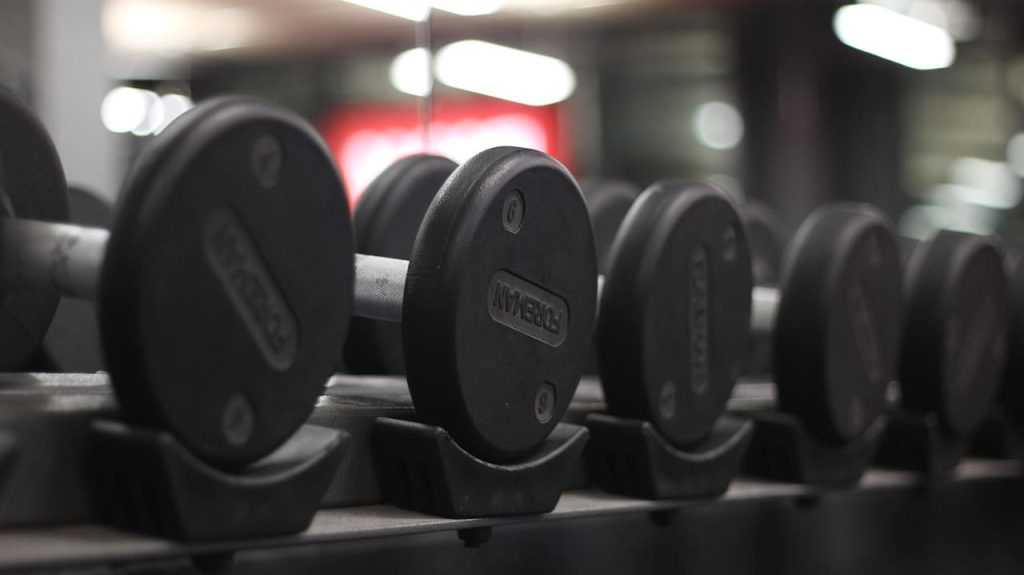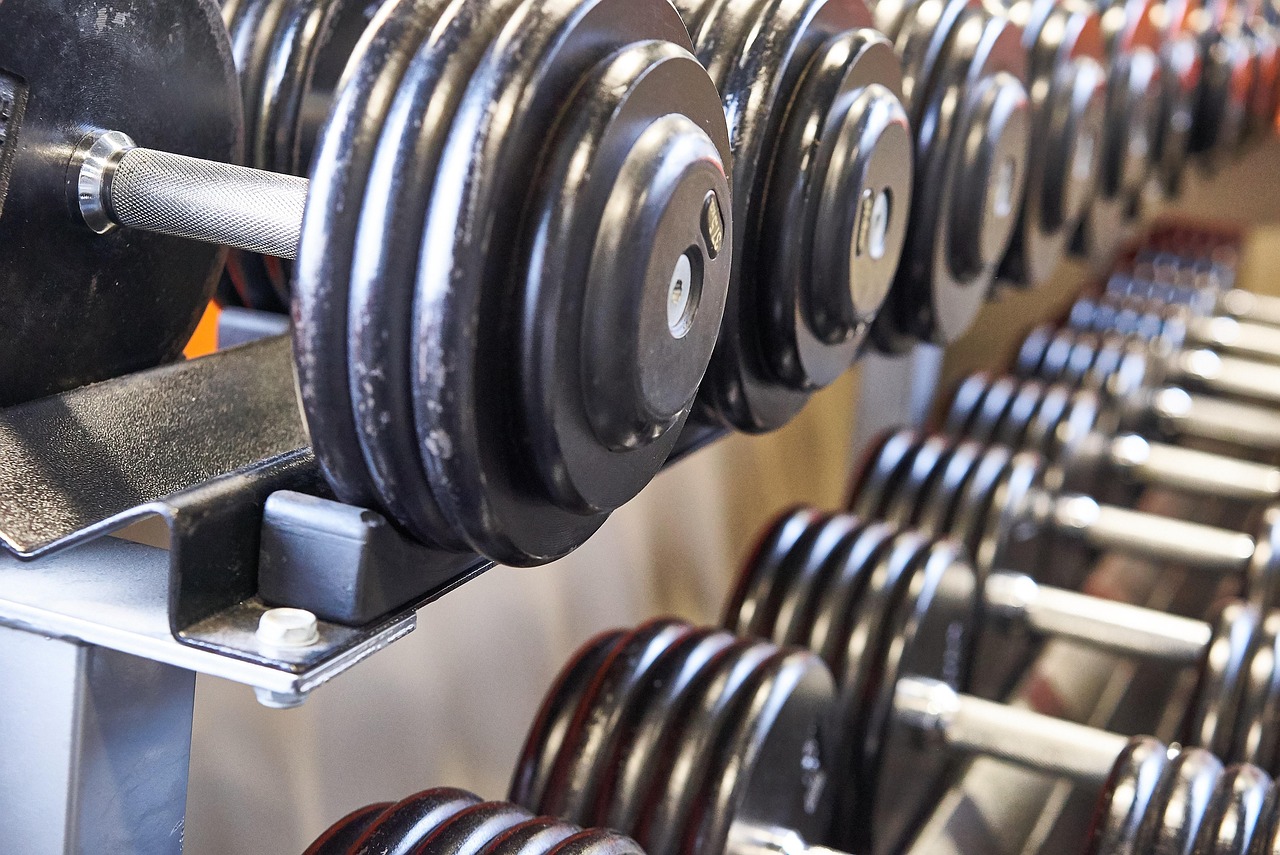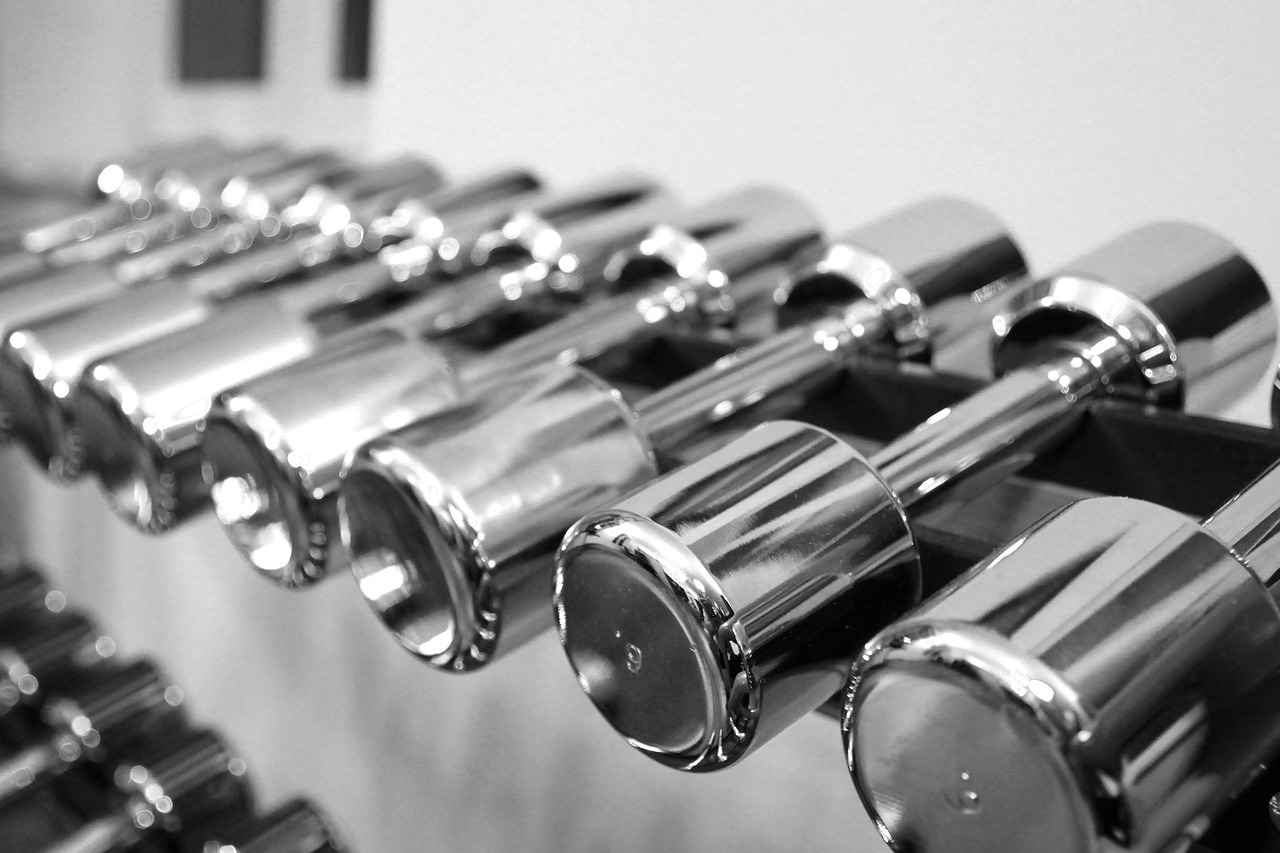
One Rep Max Calculator
Find your true strength with our one rep max calculator
Find your true strength potential with our free One Rep Max Calculator — perfect for weightlifters, powerlifters, and athletes.
Why Our Calculator
Accurate results using proven formulas
✅ Helps plan progressive overload
✅ Easy to use — no guessing your max
✅ Free & mobile-friendly
How To Use The Calc
Accurate results using proven formulas
✅ Enter weight lifted.
✅ Enter reps performed
✅ Get your One Rep Max instantly.
Enter the weight you lifted and the number of reps you performed. Our calculator will instantly estimate your One Rep Max (1RM) using scientifically backed formulas. Choose your formula or let us find the best fit for you.
1 Rep Max Calculator
Pro tip: Save your results with the “Download as PDF” button so you can track progress over time
Training properly with your One Rep Max (1RM) means more than just knowing the heaviest weight you can lift once. It’s about using that number as a guide to structure safe, effective workouts. Many beginner lifters make the mistake of trying to max out too often, which can lead to fatigue, plateaus, and even injuries.
By estimating your 1RM through a calculator, you can train smarter, not just harder.
The key benefit of knowing your 1RM is being able to program your training in percentages. For example, if your squat 1RM is 180 kg, a strength program may have you train at 70% (126 kg) for multiple sets of 8 reps, or at 85% (153 kg) for heavier sets of 3–5 reps.
This ensures you’re lifting at the right intensity for your goals — whether that’s building strength, size, or endurance — without constantly pushing your body to the limit.
Another important consideration is progressive overload. Your One Rep Max acts as a baseline to measure progress and determine when to increase weight. If your training percentages start to feel easier, it’s a sign you’re ready to retest or recalculate your 1RM. Small, consistent jumps in weight — guided by your max — keep you progressing steadily without the risk of burnout.
Finally, training with your 1RM in mind helps prevent injuries and promotes longevity in lifting. Attempting maximum lifts too often can put unnecessary stress on your joints and nervous system. Instead, use your calculated 1RM to balance training loads, plan deload weeks, and focus on form and recovery.
Over time, this structured approach not only builds strength but also keeps you healthy enough to keep training for years to come.
FAQs
A “good” One Rep Max depends on your body weight, gender, age, and training experience. For example, an intermediate male lifter weighing 80 kg might aim for a 100–120 kg bench press 1RM, while an advanced lifter may push 140 kg+.
The same applies to squats and deadlifts, where standards can be much higher.
Most lifters retest or recalculate their 1RM every 8–12 weeks. Beginners may see faster strength gains and can test more often, while advanced lifters benefit from longer cycles to avoid overtraining.
The Epley formula works best for 3–10 reps, while the Brzycki formula is accurate up to 10 reps. For very high reps, formulas become less precise. That’s why our calculator lets you test across multiple methods and compare results
Directly maxing out is always risky — especially without a spotter. A calculator lets you estimate safely from submaximal lifts. If you do test in the gym, make sure you have proper technique, warm up thoroughly, and always use safety equipment (racks, spotters, belts)
Your One Rep Max is the absolute heaviest you can lift once. Your Training Max is usually set at 85–90% of your 1RM and used in workout programs (like 5/3/1) to help you train consistently without burning out
Yes. Heavier lifters often have higher absolute numbers (lifting more total weight), while lighter lifters may have higher relative strength (lifting more compared to their bodyweight). This is why strength standards are often shown in charts based on weight classes
Formulas are based on averages, but every lifter is different. Factors like muscle fiber type, endurance, fatigue, and technique can all influence your real-world max. Use the calculator as a guide — not an absolute.





